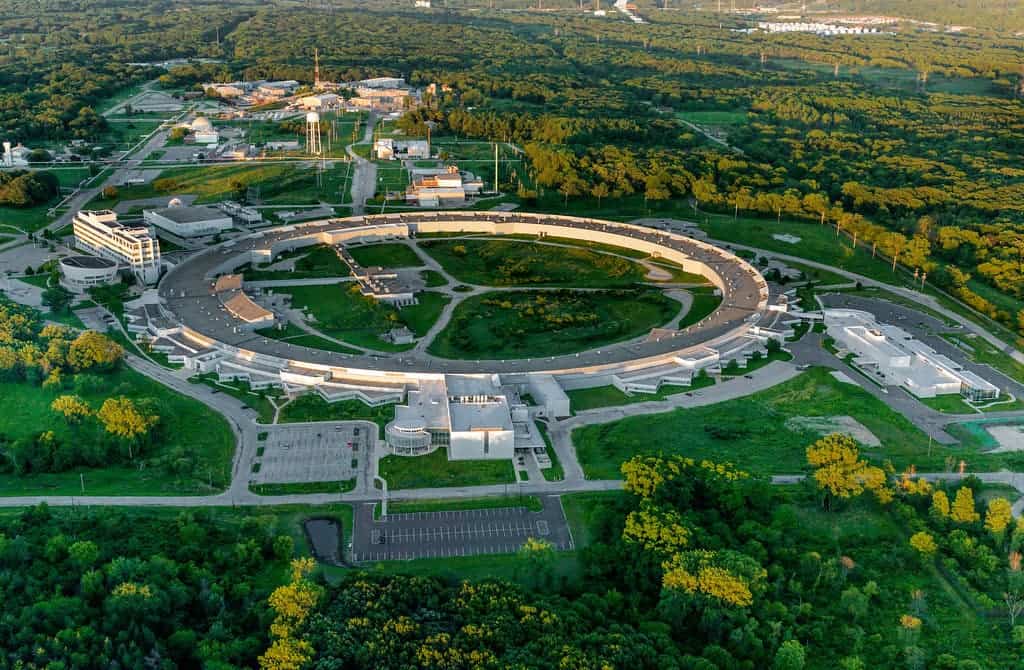Researchers at the U.S. Department of Energy’s (DOE) Argonne National Laboratory have developed a new AI-based framework that can produce X-ray images in 3D.

The team, which includes members from three divisions at Argonne, has developed a method to create 3D visualizations from X-ray data. Their efforts were meant to allow them to better use the Advanced Photon Source (APS) at their lab, but potential applications of this technology range from astronomy to electron microscopy.
Lab tests showed that the new approach, called 3D-CDI-NN, can create 3D visualizations from data hundreds of times faster than existing technology.
More dimensions
“In order to make full use of what the upgraded APS will be capable of, we have to reinvent data analytics. Our current methods are not enough to keep up. Machine learning can make full use and go beyond what is currently possible,” says Mathew Cherukara of the Argonne National Laboratory, corresponding author of the paper.
The “CDI” in the technique’s name stands for coherent diffraction imaging, which is an X-ray technique that involves reflecting ultra-bright X-ray beams off of a certain sample that’s being investigated. These are later picked up by an array of detectors, and processed to produce the final image. The issue with this, says Cherukara, is that these detectors are limited in what information they can pick up from the beams. The “NN” stands for “neural network”.
Since important information can be missed during this step, software is used to fill it back in. Naturally, this is a very computationally- and time-intensive step. The team decided to train an AI that could side-step this entirely, being able to recognize objects straight from the raw data. They trained the AI using simulated X-ray data.
“We used computer simulations to create crystals of different shapes and sizes, and we converted them into images and diffraction patterns for the neural network to learn,” said Henry Chan, the lead author on the paper and a postdoctoral researcher in the Center for Nanoscale Materials (CNM), a DOE Office of Science User Facility at Argonne, who led this part of the work. “The ease of quickly generating many realistic crystals for training is the benefit of simulations.”
After this, the AI was pretty good: it could arrive at close to the right answer in an acceptable span of time. The team further refined it by adding an extra step to the process, to help improve the accuracy of its output. They then tested it on real X-ray readings of gold particles collected at the APS. The final form of the neural network proved it can reconstruct the information not captured by detectors using less data than current approaches.
The next step, according to the team, is to integrate it into the APS’s workflow, so that it can learn from new data as it’s being taken. The APS is scheduled to receive a massive upgrade soon, which will increase the speed at which it can collect X-ray data roughly 500-fold. With this in mind, having an AI such as the one created by the team available to process data in real-time would be invaluable.
X-rays can allow us to see how materials behave on the nanoscale, i.e. on scales 100,000 smaller than the width of a human hair. But the sheer amount of data captured at such resolutions meant that processing remained time-consuming. Technology such as this, the team explains, would allow us to peer at the very, very small much more easily than ever before. Alternatively, it could help us understand the very large, as well, as several types of astronomical bodies emit X-rays towards Earth.
And, while the work at Argonne was carried out using samples of crystal, there’s no reason why the technology can’t be adapted for medical applications, as well.
“In order to make full use of what the upgraded APS will be capable of, we have to reinvent data analytics,” Cherukara said. “Our current methods are not enough to keep up. Machine learning can make full use and go beyond what is currently possible.”
The paper “Rapid 3D nanoscale coherent imaging via physics-aware deep learning” has been published in the journal Applied Physics Reviews.


